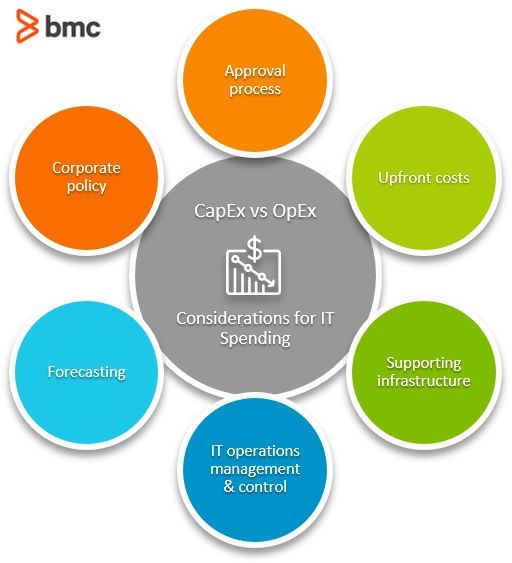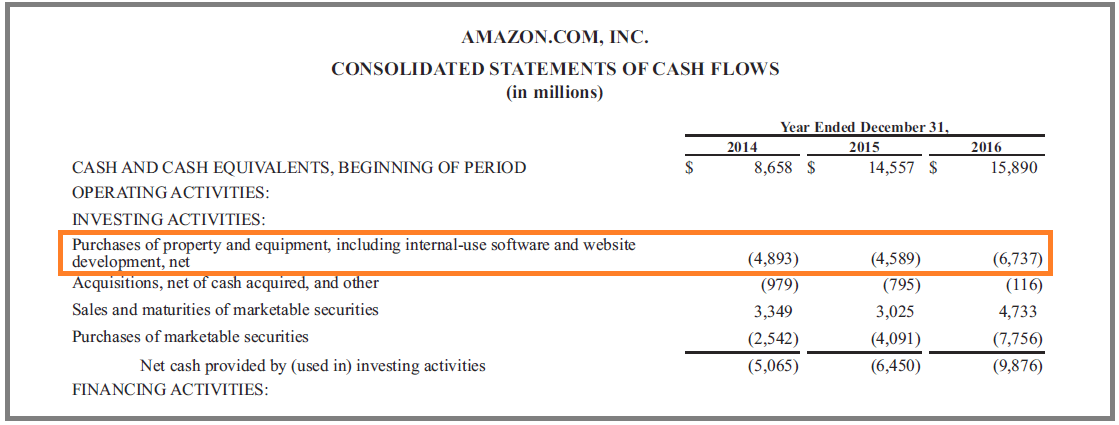The capital equipment purchase process is a critical task for any organization, as it involves the acquisition of large, expensive, and specialized machinery, tools, or equipment that is expected to be used for an extended period of time. Capital equipment is typically used in the production of goods or services, and it can significantly impact the efficiency, productivity, and competitiveness of a company. As such, the capital equipment purchase process requires careful planning, analysis, and decision-making to ensure that the organization is making the most cost-effective and strategic investments.
The first step in the capital equipment purchase process is identifying the need for the equipment. This may involve conducting a detailed analysis of the organization's current production processes and identifying bottlenecks, inefficiencies, or opportunities for improvement. Alternatively, the need for new capital equipment may be driven by new product lines, expansion plans, or changing market conditions. Once the need for the equipment has been identified, the next step is to determine the specific requirements and specifications for the equipment. This may involve consulting with technical experts, conducting market research, or gathering input from other stakeholders within the organization.
Once the requirements and specifications for the equipment have been established, the next step is to develop a budget and a timeline for the purchase. This will typically involve working with financial analysts to determine the expected costs of the equipment, as well as any ongoing maintenance, repair, or replacement costs. It will also involve considering any financing options that may be available, such as loans, leases, or vendor financing.
Once the budget and timeline have been established, the next step is to begin the process of sourcing and evaluating potential suppliers. This may involve issuing a request for proposal (RFP) or a request for quotation (RFQ) to potential suppliers, and evaluating their responses based on factors such as price, delivery times, quality, and reputation. It may also involve visiting suppliers' facilities, conducting demonstrations or trials, and negotiating terms and conditions.
Once a supplier has been selected, the next step is to finalize the purchase agreement and place the order for the equipment. This may involve signing a contract, making a down payment, and establishing a delivery schedule. In some cases, it may also involve installing the equipment and conducting any necessary training or testing.
Throughout the capital equipment purchase process, it is important to carefully track and document all decisions, communications, and transactions. This will ensure that the organization has a clear record of the process and can refer back to it in the future if necessary. It will also help to ensure that the organization is complying with any relevant laws, regulations, or policies.
In summary, the capital equipment purchase process is a complex and multifaceted task that requires careful planning, analysis, and decision-making. By following a structured and documented approach, organizations can ensure that they are making cost-effective and strategic investments that will help to drive their success and competitiveness in the long term.





